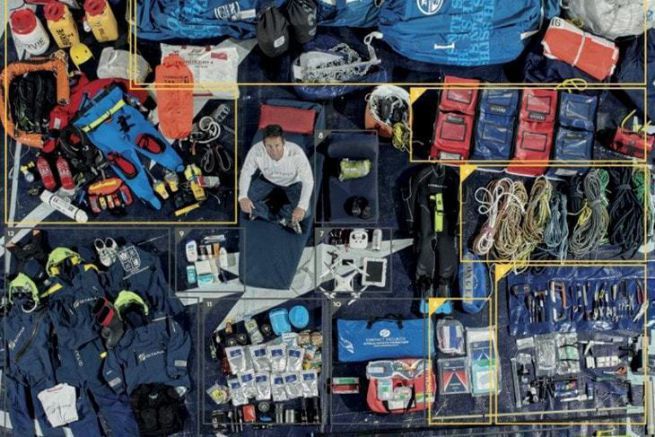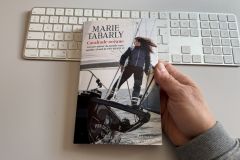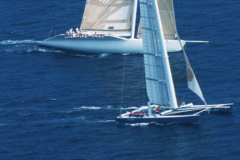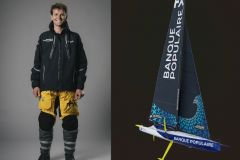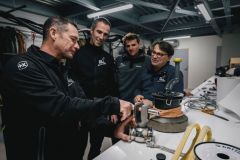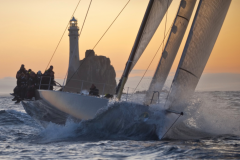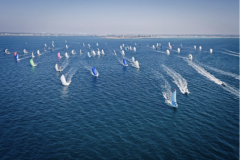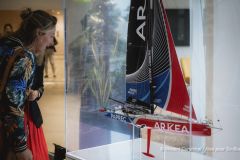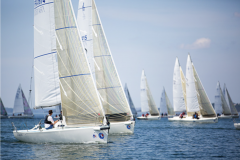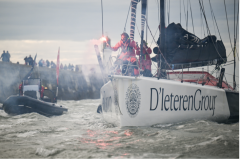Sébastien Josse (Edmond de Rotschild) will start, like all the other skippers of the Vendée Globe he will set sail on November 6 for a solo round-the-world voyage of more or less 3 months. With his team, he had to plan what he would take with him, without overloading the ship. He can take on board 300 kg of equipment âeuros in addition to the sails âeuros which will allow him to take care of his boat and to live in autonomy during his journey. But it is necessary to make choices between safety and daily life, as the sailor explains. "You have to find the right balance between wanting to prevent all the potential problems and playing for the win. We try to make light boats so we can't overload them because we're going around the world. What is complex to manage is the "you never know." With experience, I'm able to make choices, but it's never simple."
-
Survival equipment
Buoy, fire extinguishers, rockets and GPS distress beacons, survival suit and raft, satellite phone, harness, self-inflating vest, individual flash-light... The safety equipment never leaves the soloist, who keeps everything within reach.
-
Sails
During the Vendée Globe, the skipper can take on board a maximum of 9 sails (1 mainsail and 8 headsails), that is to say a total of 1 460 m2 for 500 kilos.
-
Storage
All the bags containing food, clothes, tools, etc. are assembled in a carbon sled that Sébastien moves from one side to the other with the help of ropes, to optimize the boat's trim according to the speed and the weather.
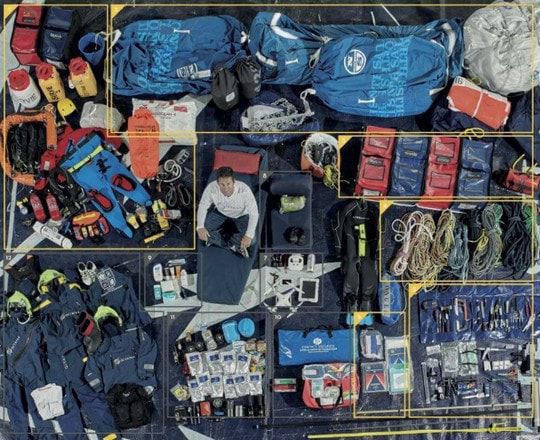
The ropes are the ones used to trim the sails and are made of dyneema, a very strong fiber. For example, a rope with a diameter of 8 millimeters can support a load of 9.85 tons! Sébastien Josse is constantly monitoring their wear and tear and taking on board what he needs to repair them.
-
Toolbox
Sébastien Josse is taking along a classic tool kit, but also what is needed to do some composite work (resin, fabrics) and small electronic welds, as well as what is needed to maintain the fittings (for example, grease for the winches), repair the sails (battens, adhesive fabrics), work on the engine, etc.
-
The navigation
Navigation is 99% computer controlled, all route data is accessible from the chart table inside and on a remote screen in the cockpit, with redundancy in case of failure. It is also mandatory to carry sailing instructions (reference book of all beacons and approaches to ports and shelters) and paper charts of all areas crossed.
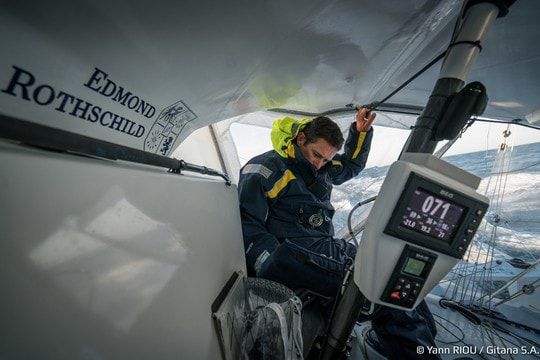
-
Geek moment
A drone, an I-pad and an iPhone to take pictures and videos (even aerial ones!) of the world tour, but also to listen to music and some audio books. An antenna allows access to the internet via satellite, as well as the phone to call on land or another competitor.
-
Night space
It's hard to find sleep in this mobile, humid and noisy environment. Sébastien sleeps mostly in his foulies in his beanbag that he moves around the boat, but when he can really lie down, he has a memory foam mattress, a comforter and active noise reduction headphones.
-
Hygiene
Showers are taken with sea water, sometimes with rain water in the tropics, with organic soap, otherwise the toilet is done with baby wipes. Sunscreen, moisturizing and healing cream, toothbrush, toothpaste and a shaving kit once a week complete this very simple kit!
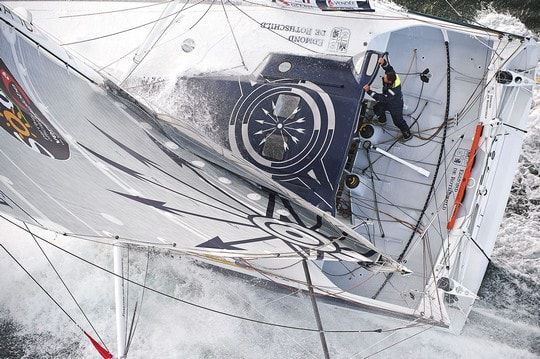
-
Medical equipment
The contents of the first-aid kit are worked out and controlled by the French (FFVoile) and international (ISAF) sailing federations, with a list of products and compulsory training for the treatment of certain pathologies and the handling of tools such as a stapler for wounds, for example. All the competitors have the same pharmacy and the race doctors, on watch on land, know exactly what the solo sailor has to take care of himself.
This part is a very minimalist on board and is summarized in a Jet Boil: an aluminum mug mounted on a flashlight that allows to boil water in 1 minute. 90% of the dishes are dehydrated, along with other long-life foods, then distributed by daily and then weekly bags. Bonus on board: the dishes are signed by the starred chef Julien Gatillon (Le 1920 Megève) and two bottles of Barons de Rothschild champagne are on board to celebrate the major passages of the route.
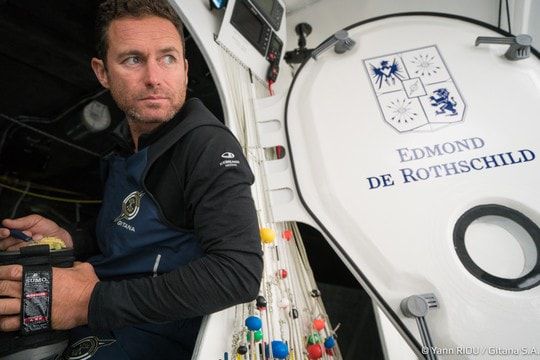
-
Clothing
Sébastien packs two sets of oilskins (overalls and jacket), one light and one warmer, as well as a dry suit for the difficult weather conditions. He then has about ten under-layers in Merino wool and a shockproof lycra. He has a vest with a harness and a lanyard connected to the boat when he has to maneuver at the front and can use a helmet to climb the mast.
